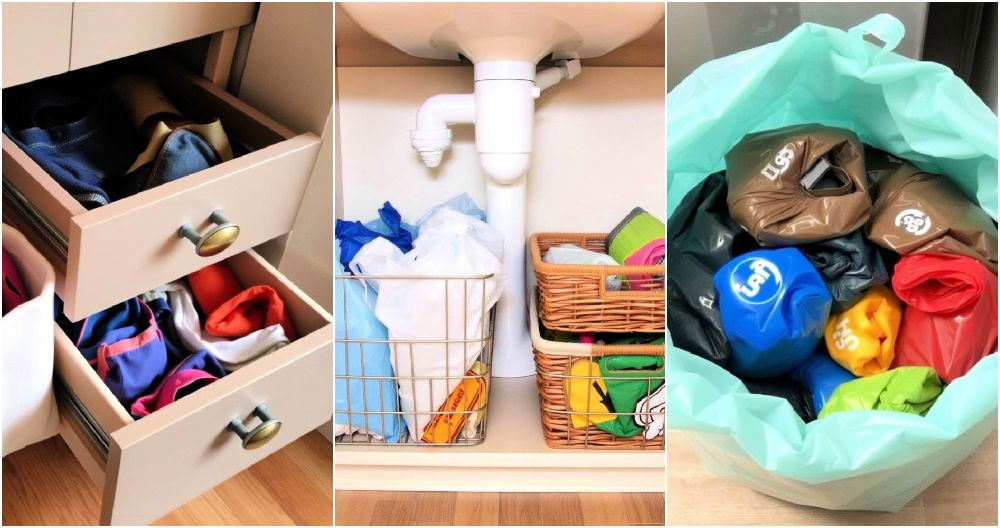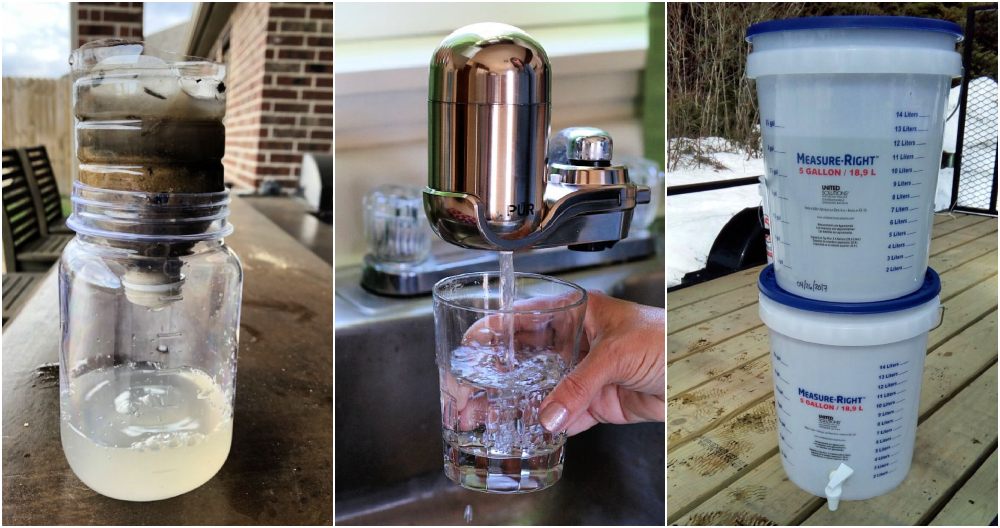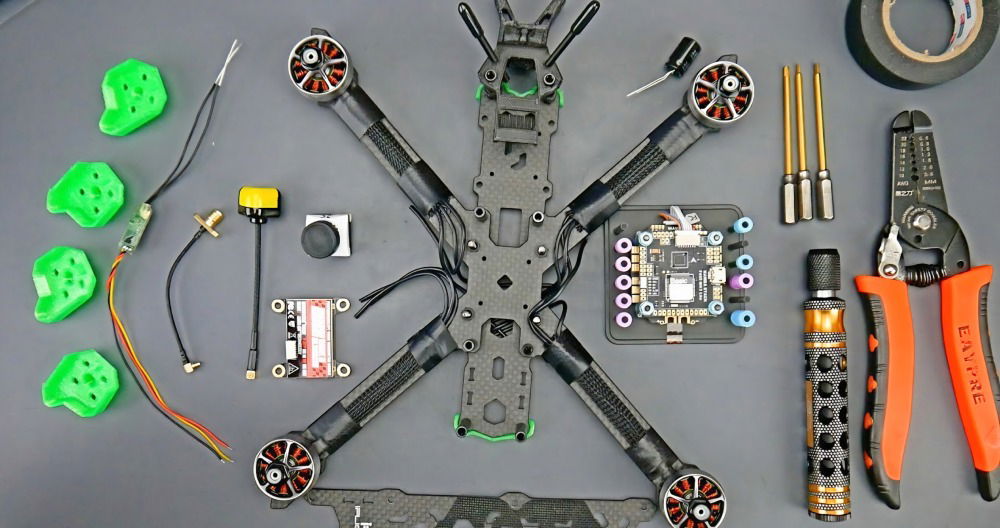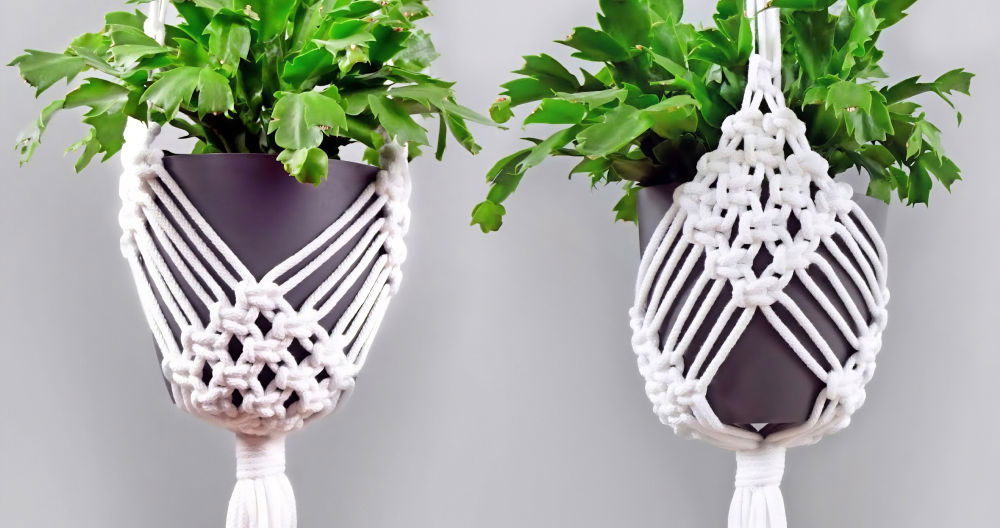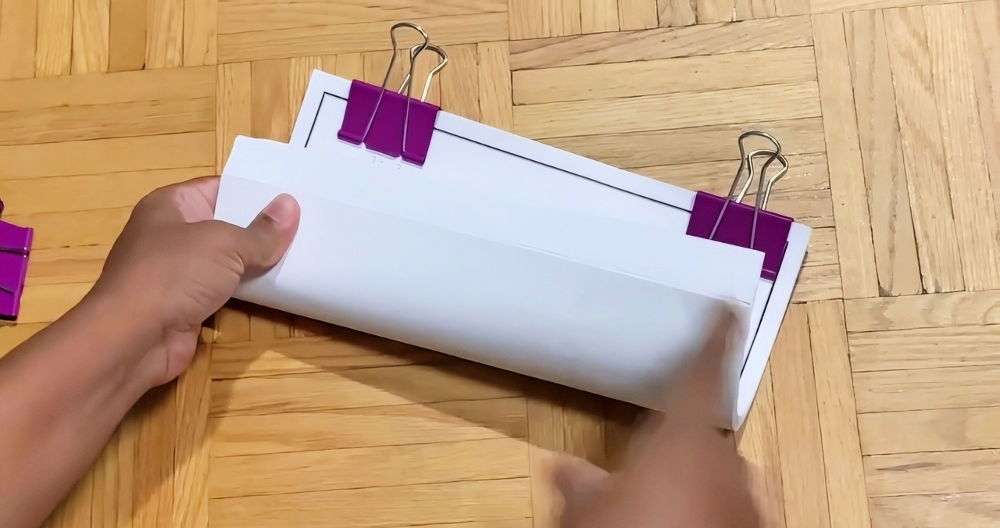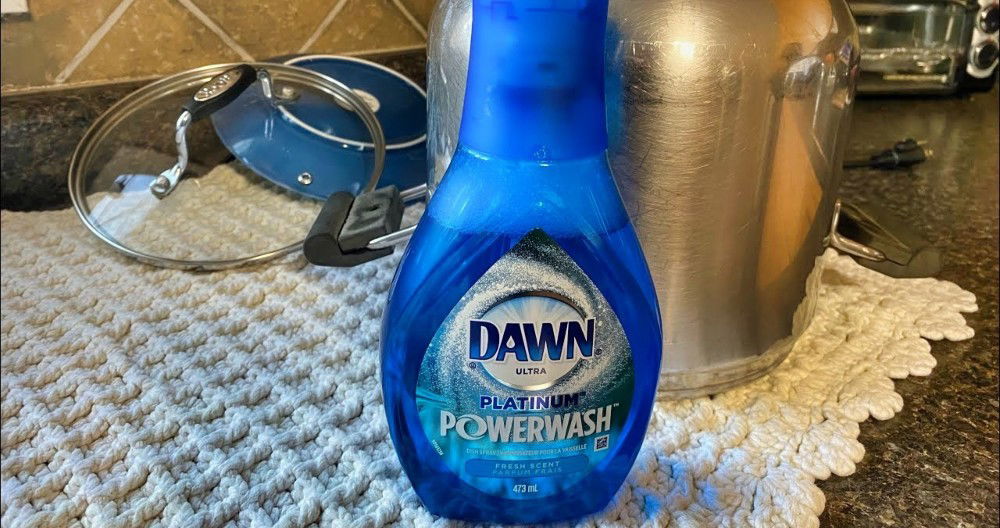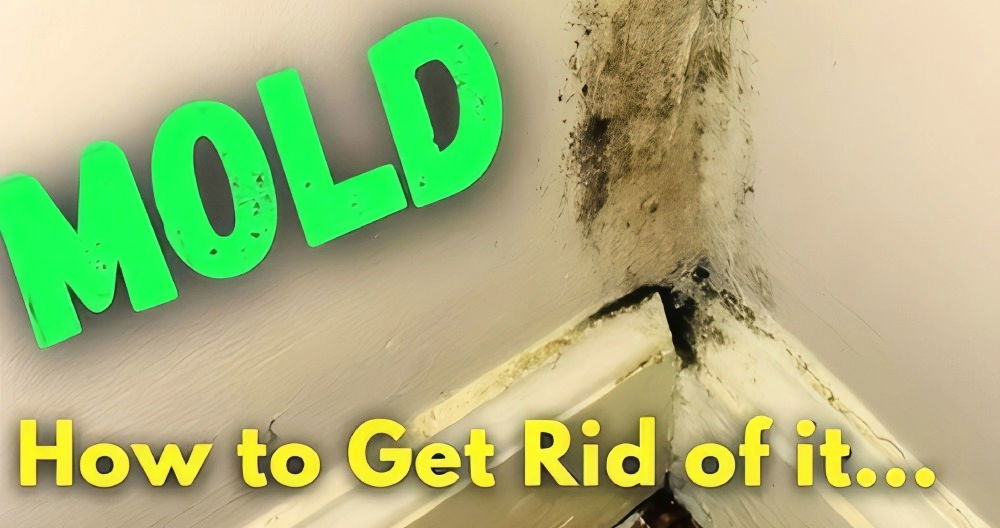Caring for a cactus seemed simple at first. A low-maintenance plant all about the sun and little water—what could go wrong? But soon, I found out that despite their resilient facade, cacti are quite particular about their soil environment. This revelation came after my first few cacti began looking sadly deflated and pale. To my surprise, something as straightforward as soil made all the difference. Today, I'm excited to share my journey and some practical steps on making the perfect cactus soil mix, ensuring your cacti thrive like never before.
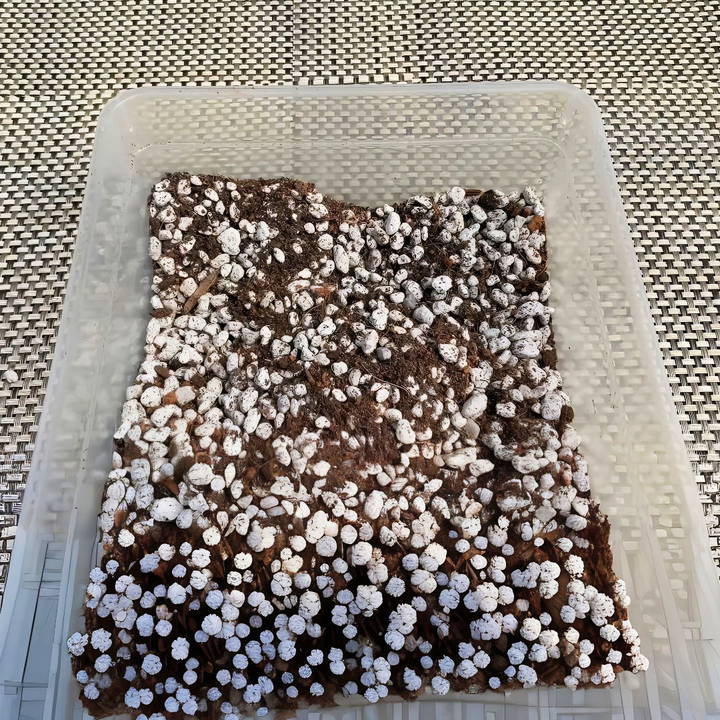
Why Cacti Need Special Soil
Cacti have evolved to survive in arid regions, storing water in their thick, fleshy parts to make it through dry spells. This adaptation means they have unique needs that typical garden or potting soils just don't meet. Regular soil can hold moisture for too long, leading to detrimental conditions like root rot, bacterial and fungal diseases, and unwanted pests. For this reason, a specialized soil mix that mimics their natural habitat is crucial. Let's dive into what makes up the ideal cactus soil mix.
Components of the Ideal Cactus Soil Mix
Find the ideal cactus soil mix with well-draining properties, moisture retention, aeration, root anchorage, and low nutrient composition.
1. Well-Draining Properties
A good cactus soil mix should drain water efficiently. This means not allowing water to sit at the bottom of the pot but rather letting it pass through quickly. This is crucial for preventing water from lingering around roots, which can lead to rot.
2. Moisture Retention
While drainage is critical, a good mix should also retain enough moisture and nutrients to release them gradually. Although cacti don't need much water, a complete lack of moisture can stress the plant. The right mix has to balance drainage with the ability to hold some moisture for absorption by the roots.
3. Aeration
Cactus roots need space to breathe and spread. A loose soil mix that allows air channels is imperative to give roots their required oxygen. Avoid compact or sticky soils that would suffocate these delicate roots.
4. Root Anchorage
A well-crafted mix provides stability for the cactus roots, promoting healthy root growth and overall plant stability. It should allow the roots to grip firmly without compacting, giving them something to hold onto as they expand.
5. Low Nutrient Composition
Excessive nutrients, particularly nitrogen, can make cacti weak and visually unattractive. Thus, the right soil mix should have minimal nutrient content, reflecting the nutrient-poor environments they naturally thrive in.
Key Considerations for Your Cactus Soil Mix
Before jumping in to make your mix, several factors can influence your unique cactus care needs.
Climate
Your local climate dictates much about the soil mix. In tropical climates with high humidity, adding non-organic components aids drainage and prevents root rot. In contrast, drier climates benefit from thicker organic material that retains moisture longer.
Pottus Type and Age
Younger cacti thrive in a mix with organic materials for moisture and nutrients, while older plants benefit from a gritty mix reflecting their reduced water requirement. Also, specific cactus species like Gymnocalyciums prefer nutrient-rich soils, while others like Mammillarias require more minerals.
Indoor vs. Outdoor Growth
Indoor cacti might require more inorganic components due to less airflow and light exposure than those grown outdoors. The additional grit helps drainage, mimicking conditions present in their natural sunny habitats.
Ingredients for the Perfect Soil Mix
The two main ingredients in a cactus soil mix are organic and non-organic components.
Organic Components
- Peat Moss: This sterile medium retains moisture well but can become hydrophobic when dry, needing thorough soaking beforehand.
- Cocopeat: A renewable resource that retains water and discourages fungal growth while offering a healthy ventilation balance.
- Carbonized Rice Hull: Absorbs odors, retains moisture, provides nutrients, and keeps the root system clean.
Non-Organic Components
- Pumice: Enhances aeration and drainage while being lightweight and containing essential trace elements.
- Perlite: Offers excellent drainage and aeration but tends to float and break, recommended to be used with other materials.
- Lava Rock: Contains beneficial trace elements and aides in soil drainage and aeration.
- Akadama: Great for drainage and holding moisture; promotes root development as roots can grow through it.
- Vermiculite: Improves moisture retention, drainage, and insulates the plant by keeping soil temperatures consistent.
Additional Elements
- Diatomaceous Earth: Offers pest resistance and structural benefits.
- Slow-Release Fertilizer: Provides a steady nutrient supply over time.
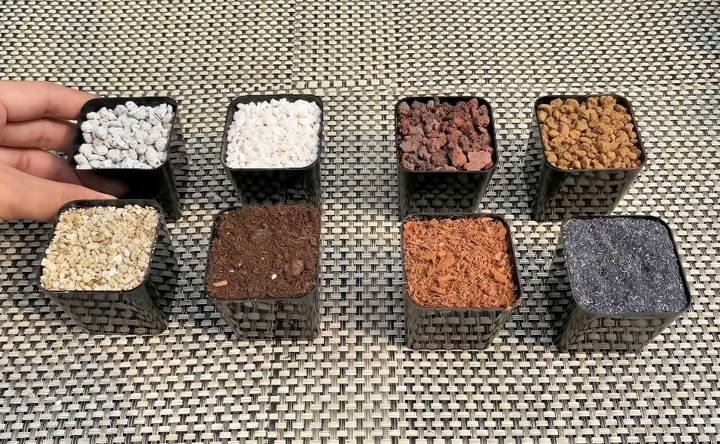
Step by Step Instructions
Learn how to make perfect DIY cactus soil with our step-by-step guide. Quick, easy, and tested recipes for optimal cactus growth.
Step 1: Determine Your Components
Based on what's locally available and the specific needs of your plants, select your components. Generally, you should aim for about two parts non-organic to one part organic material.
Step 2: Mix the Components
Begin by combining equal parts of your chosen organic materials. In my case, I typically blend peat moss, cocopeat, and carbonized rice hull. Then measure your non-organic components such as pumice and lava rock.
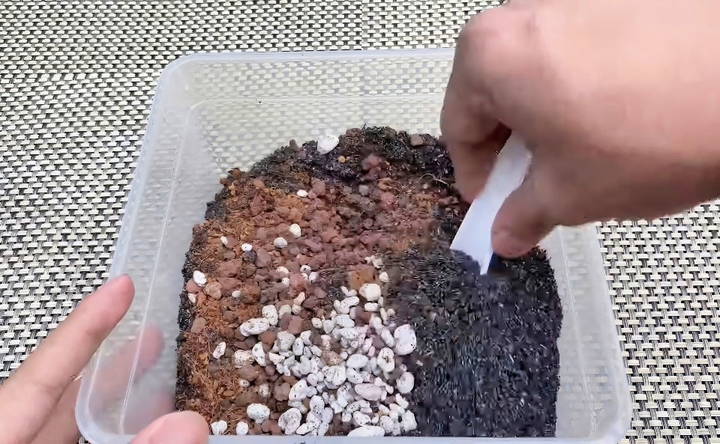
Step 3: Combine Thoroughly
Mix your selected organic and non-organic materials in a container, ensuring a gritty and loose texture.
Step 4: Testing the Mix
Perform a compression test by squeezing a handful of soil. If the mix crumbles rather than compacts, you've achieved the correct consistency. Additionally, conduct a drainage test by watering the soil mix in a pot and comparing water levels before and after.
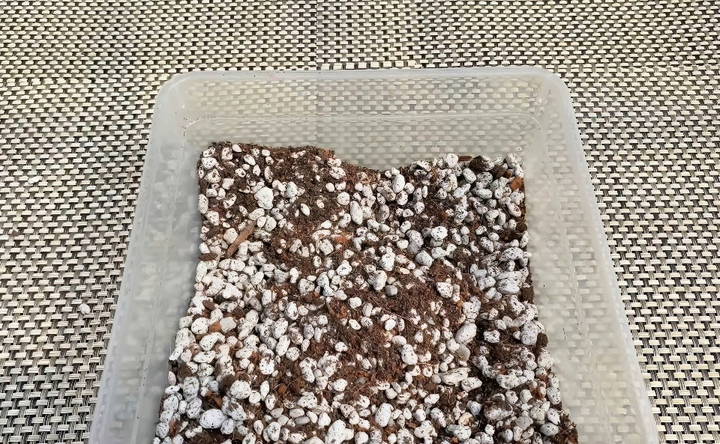
My Tried-and-Tested Soil Mix Recipes
Based on my experience, I've devised various recipes for different cactus needs:
- General Mix:
- 4 cups pumice
- 2 cups lava rock
- 1 cup cocopeat
- 1 cup peat moss
- 1 cup carbonized rice hull
- Sensitive Cacti (e.g., Mammillaria):
- 3 cups pumice
- 1 cup lava rock
- 1 cup combined peat moss, cocopeat, and carbonized rice hull
- Cactus Seedlings:
- 3 cups pumice
- 1 cup peat moss
- 1 cup cocopeat
- 1 cup carbonized rice hull
Troubleshooting Common Cactus Soil Issues
Even with the best DIY cactus soil mix, problems can arise. Here's how to identify and fix common issues to keep your cacti healthy and thriving.
Poor Drainage
- Symptoms: Water sits on the soil surface, or the soil stays wet for too long.
- Causes: Too much organic material or fine particles in the mix.
- Solutions: Add more inorganic material: increase the amount of perlite, pumice, or coarse sand. Check pot drainage: ensure your pot has drainage holes. If not, consider repotting your cactus into a pot that does.
Soil Compaction
- Symptoms: Soil becomes hard and dense, making it difficult for roots to grow.
- Causes: Over time, organic materials can break down and compact.
- Solutions: Mix fresh soil: replace the old soil with a fresh mix, incorporating more coarse materials. Aerate the soil: gently poke holes in the soil with a stick or skewer to improve airflow.
Nutrient Deficiencies
- Symptoms: Yellowing leaves, stunted growth, or weak stems.
- Causes: Lack of essential nutrients in the soil.
- Solutions: Use a balanced fertilizer: apply a cactus-specific fertilizer according to the package instructions. Refresh the soil: periodically replace the top layer of soil with fresh mix to replenish nutrients.
Root Rot
- Symptoms: Mushy, discolored roots, and a foul smell.
- Causes: Overwatering or poor drainage.
- Solutions: Remove affected roots: carefully trim away any rotten roots with sterilized scissors. Repot in dry soil: repot the cactus in fresh, dry soil and reduce watering frequency.
Pests
- Symptoms: Visible insects, webbing, or damage to the plant.
- Causes: Infestation by pests like spider mites, mealybugs, or fungus gnats.
- Solutions: Identify the pest: determine which pest is causing the problem. Treat accordingly: use appropriate treatments such as insecticidal soap, neem oil, or natural predators.
Overwatering
- Symptoms: Soft, discolored stems and leaves.
- Causes: Watering too frequently or using soil that retains too much moisture.
- Solutions: Adjust watering schedule: water only when the soil is completely dry. improve drainage: ensure your soil mix and pot allow excess water to escape easily.
Underwatering
- Symptoms: Wrinkled, shriveled stems and leaves.
- Causes: Not watering enough or using soil that drains too quickly.
- Solutions: Increase watering frequency: water more often, but still allow the soil to dry out between waterings. Check soil mix: ensure your soil retains enough moisture without becoming waterlogged.
By addressing these issues, you can keep your cacti healthy. Regular monitoring and adjusting care will prevent serious problems.
FAQs About DIY Cactus Soil
Discover answers to common questions about DIY cactus soil. Learn how to make the perfect mix for healthy cactus growth.
The best soil mix for cacti is one that is fast-draining and slightly acidic. A common DIY recipe includes:
3 parts potting soil
3 parts coarse sand
1 part perlite or pumice
This mix ensures good drainage and prevents root rot, which is crucial for cacti.
Cacti are native to arid regions and are adapted to dry conditions. Good drainage prevents water from sitting in the soil, which can lead to root rot. A well-draining soil mix allows water to flow through quickly, mimicking the natural environment of cacti.
Regular potting soil is not ideal for cacti because it retains too much moisture. Cacti need a soil mix that is more gritty and porous. You can modify regular potting soil by adding coarse sand and perlite to improve drainage.
Your cactus soil mix is right if it:
Drains quickly after watering
Does not retain moisture for long periods
Feels gritty and loose to the touch
If the soil stays wet for too long or feels compacted, it may need more sand or perlite.
Yes, you can use cactus soil for other plants, especially those that prefer well-draining soil, like succulents. However, it may not be suitable for plants that require more moisture retention.
Final Thoughts and Encouragement
Experimentation is key when developing the perfect soil mix for your cacti. Understanding the environments they thrive in and the conditions they endure can guide you in making a DIY cactus soil tailored to their needs. My journeys in making a cactus soil mix have taught me the value of observation and adaptation, adjusting components based on the changing seasons and plant reactions.





